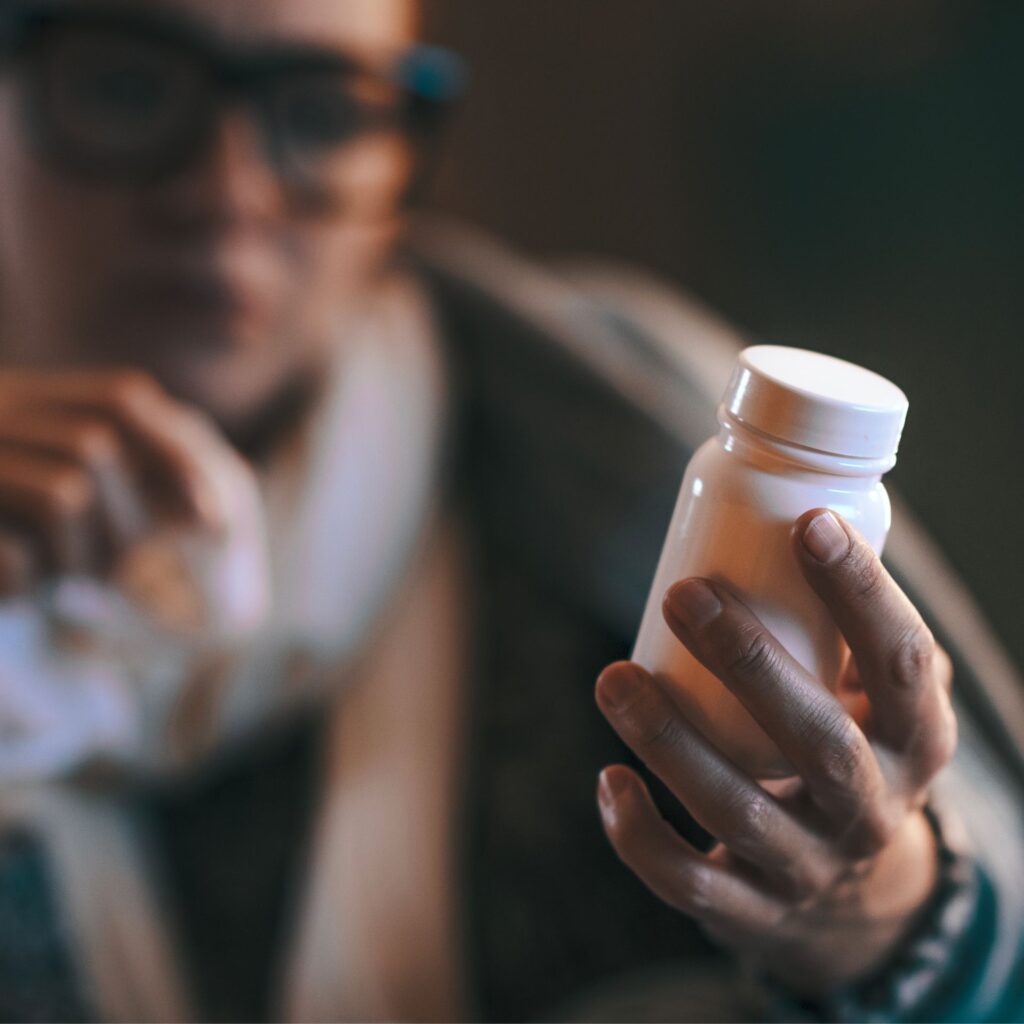Stimulant Use Disorder:
Signs, Risks & Recovery
A comprehensive guide to identifying, understanding, and treating stimulant misuse and dependency.

The Nature of Stimulant Use Disorder
What is Stimulant Use Disorder?
Stimulant Use Disorder refers to the ongoing, compulsive use of substances despite harmful consequences to physical and mental health. The condition often involves cycles of intense highs followed by emotional and physical crashes, leading to a destructive pattern that can impact nearly every area of life. The side effects of stimulants – such as insomnia, anxiety, and elevated heart rate – can appear early and worsen with continued misuse.
Nationally, stimulant-related overdose deaths have more than tripled since 2015, and 70% of methamphetamine-related deaths now involve synthetic opioids like fentanyl, per the National Institute on Drug Abuse (NIDA). In Iowa, methamphetamine remains the most commonly cited drug for primary treatment admissions.
Cedar Rapids is not immune to these trends. Local providers report rising stimulant misuse across demographic groups, especially among adults aged 25–44.
Without appropriate treatment, substance abuse can spiral into long-term addiction and life-threatening complications. Recognizing the early signs and understanding the risks are crucial first steps toward recovery and prevention.

High-Risk Stimulants
Understanding Substances with Strong Dependence Potential
While all stimulant substances have the potential for misuse, some are significantly more addictive due to their speed of onset, intensity of effects, and patterns of use.
Recognizing which types carry the highest dependence risk helps individuals and families make informed decisions and seek appropriate treatment sooner.
Illicit and Unregulated Stimulants
Street stimulants are highly potent, unpredictable in purity, and linked to severe health consequences. These substances are not prescribed for medical purposes and are often produced illegally, making them especially dangerous.
Their rapid onset and extreme highs frequently lead to binge use, overdose, and long-term neurological and cardiovascular damage.
Methamphetamine (Meth): One of the most addictive stimulants, meth floods the brain with dopamine, creating powerful cravings. Chronic use is linked to psychosis, aggressive behavior, and severe cognitive decline.
Cocaine: Known for its short-lived but intense high, cocaine increases heart rate and blood pressure, often resulting in heart attacks, paranoia, and compulsive re-use.
Crack: A smokable and faster-acting form of cocaine, crack produces immediate euphoria but also severe psychological dependence and a higher risk of overdose due to repeated dosing.

Prescription and Plant-Based Stimulants
Even legal or prescribed stimulants can lead to dangerous dependence when misused. These substances are often perceived as safer because they are prescribed or plant-based, but misuse – whether recreational or to enhance focus – can lead to addiction, heart strain, and mental health issues over time.
Adderall (Amphetamine/Dextroamphetamine): Prescribed for ADHD, Adderall can become addictive when taken in high doses or without medical oversight, leading to insomnia, anxiety, and heart problems.
Ritalin (Methylphenidate): Similar to Adderall, Ritalin increases focus and alertness but can cause dependence, emotional blunting, and withdrawal symptoms like fatigue and depression when misused.
MDMA (Ecstasy/Molly): Though often used recreationally, MDMA has stimulant and hallucinogenic effects that can deplete serotonin levels and lead to emotional dependency and neurotoxicity with repeated use.
Kratom: A plant-based stimulant with opioid-like effects at higher doses, kratom is legal in many areas but carries a risk of withdrawal, tolerance, and dependence, especially when used frequently or in large amounts.

Stimulant Use Risk Factors
Who Faces the Greatest Risk of Stimulant Dependency?
Stimulant Use Disorder often follows predictable patterns influenced by a person’s mental health, environment, and genetic background.
A 2022 report by the CDC found that adults with mental illness are nearly twice as likely to misuse compared to the general population. This highlights a strong link between emotional distress and non-prescribed stimulant use.
Common risk factors include:
- Family history of substance use
- Undiagnosed ADHD or mood disorders
- Chronic stress or emotional trauma
- Academic or performance pressure
- Using stimulants for energy or focus
- Early misuse of prescriptions
- Easy access through friends or family
- Peer normalization of misuse
- Co-use with alcohol or other drugs
- Body image or weight concerns
These risk factors don’t guarantee that someone will develop a stimulant use disorder, but they significantly increase vulnerability. Identifying these patterns early can support timely intervention and access to appropriate care.

Stimulant Addiction Symptoms
Warning Signs of Stimulant Use Disorder
Recognizing the early signs of stimulant addiction is essential for timely intervention and successful recovery. As the disorder progresses, individuals often experience a combination of physical, psychological, and behavioral symptoms that worsen without proper treatment.
Physical Signs
- Restlessness or constant movement
- Rapid heartbeat or elevated blood pressure
- Persistent insomnia or disrupted sleep patterns
- Teeth grinding or jaw clenching
- Noticeable weight loss or decreased appetite
- Frequent headaches or muscle tension
- Excessive sweating without exertion
- Skin sores or signs of picking behavior
Mental Signs
- Increased anxiety, irritability, or paranoia
- Racing thoughts or difficulty concentrating
- Mood swings or emotional instability
- Hallucinations or delusional thinking in severe cases
- Obsessive focus on productivity or performance
- Feelings of grandiosity or invincibility
- Emotional crash or depression after the stimulant wears off
- Lack of interest in long-term goals or responsibilities
Behavioral Signs
- Using more of the drug than intended
- Hiding or lying about stimulant use
- Difficulty functioning without the substance
- Withdrawing from loved ones or social situations
- Engaging in risky behaviors (e.g., driving impaired, unprotected sex)
- Neglecting personal hygiene or daily responsibilities
- Stealing or “doctor shopping” to obtain more stimulants
- Declining performance at school or work despite effort
Understanding these warning signs – along with long-term effects of stimulants such as heart problems or cognitive decline – can help individuals, families, and care teams identify addiction before it leads to serious consequences.
Early detection offers the best chance for effective treatment, including behavioral therapy and medical support, helping prevent long-term damage and promote lasting recovery.

Personalized Treatment Approaches for Stimulant Addiction
Effective, Evidence-Based Paths to Recovery
Effective treatment for stimulant addiction requires a personalized, multi-dimensional approach that addresses both the physical effects of drug abuse and the psychological patterns that contribute to ongoing dependence.
Unlike some substances, there are currently no FDA-approved medications specifically for stimulant use disorder, making behavioral therapies the cornerstone of recovery.
Medication-Assisted Treatment (MAT)
While MAT is limited for stimulants, certain medications may be used off-label to manage withdrawal symptoms, reduce cravings, treat co-occurring mental health conditions, and stabilize mood. These may include antidepressants, antipsychotics, or sleep aids under strict medical supervision. When combined with structured therapy, MAT can reduce relapse risk and improve engagement in long-term treatment plans.
Evidence-Based Therapies
Behavioral therapies are the most effective tools for stimulant recovery, helping individuals understand the roots of their substance use, develop healthier coping strategies, and rebuild supportive relationships. These interventions are grounded in clinical research and can be delivered in outpatient, inpatient, or community-based settings.
- Cognitive Behavioral Therapy (CBT)
- Motivational Interviewing (MI)
- Group Therapy
- Family Therapy
- Dialectical Behavior Therapy (DBT)
- Behavioral Couples Therapy
- Relapse Prevention
- Acceptance and Commitment Therapy (ACT)
- Internal Family Systems (IFS)
- Rational Emotive Behavior Therapy (REBT)
- EMDR Therapy
- Motivational Enhancement Therapy (MET)
Alternative Treatment Methods
In addition to evidence-based behavioral therapies, many individuals recovering from addiction benefit from alternative approaches that support emotional healing and overall well-being. These methods are most effective when used alongside a comprehensive treatment plan, providing holistic support for body, mind, and spirit.
Addiction Treatment Programs
Organized levels of care allow individuals to receive the appropriate intensity of treatment based on their needs and stage of recovery. These programs combine medical oversight with evidence-based and supportive therapies.
Stimulant addiction is a treatable medical condition that requires a comprehensive, evidence-based approach and ongoing clinical support. With proper evaluation, individuals can access care plans that address both the physical effects of stimulant use and the underlying psychological or environmental factors that contribute to dependence. Advances in addiction science have led to more effective behavioral therapies and support systems, making long-term recovery increasingly achievable.
As awareness grows around the seriousness of stimulant use disorder, more individuals are finding help through coordinated care, professional treatment, and supportive networks that include family, peers, and healthcare providers.






Addiction Assessment in Cedar Rapids
Your Path To Recovery
Take the first step toward healing with Radix Recovery. Our simple three-step admissions process ensures you receive personalized care and guidance, making it easy to begin your journey to recovery.
- Contact Us - Fill out the form or call the number on this page
- Personalized Assessment - Meet with an admissions specialist to create a care plan
- Begin Treatment - Visit Radix Recovery's center for your first IOP session